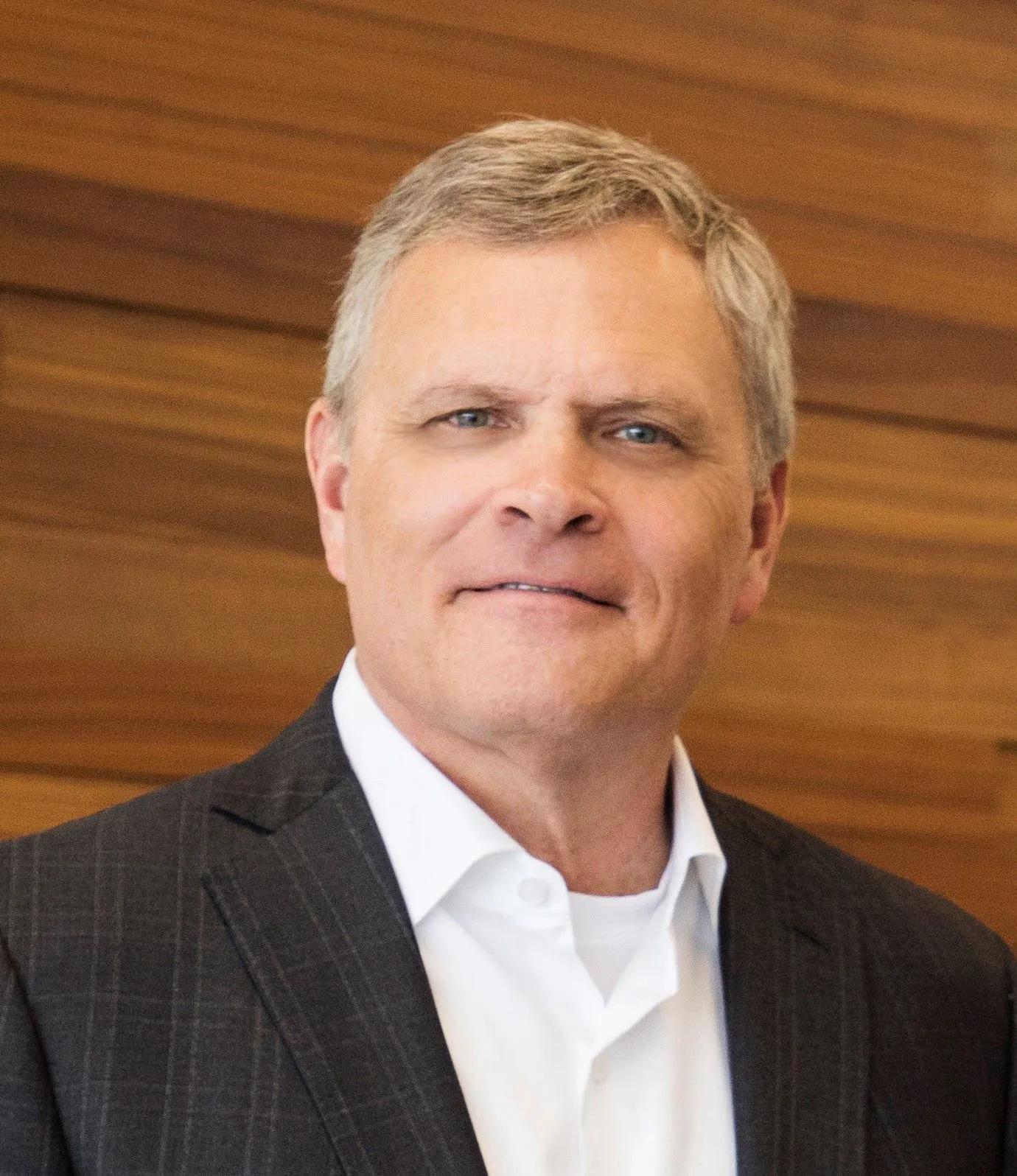Article
New Orleans' doctors: Still MIA
Outlook
Last month, The Times-Picayune, New Orleans' hometown newspaper, ran a front-page story with the following eye-catching headline: "The Doctor Is Out." The story described the physician exodus after Katrina-and the continuing diaspora since then.
In the hardest hit areas of Louisiana and Mississippi, the huge storm displaced as many as 5,944 practicing physicians, as one early report estimated. Of that number, more than two-thirds were uprooted from the three central New Orleans parishes (Orleans, Jefferson, and St. Bernard), including 1,270 medical residents from Tulane University School of Medicine and Louisiana State University School of Medicine.
To date, only about 1,200 practicing physicians, excluding residents, have returned to the central city, leaving more than 2,000 doctor-exiles scattered to the four winds, according to Susan G. D'Antoni, executive director of the Orleans Parish Medical Society. Although D'Antoni cautions that her estimate isn't "scientific," it's her general conclusion that most of the doctors who were displaced haven't yet come back. (The AMA plans to release a more rigorous survey as early as this month.)
Other displaced doctors would love to come back, she says, but have a string of worries: lost and scattered patients, destroyed medical records, homes or offices that need to be renovated or rebuilt, and uncertain hospital privileges.
The last problem is among the most difficult. To date, only three hospitals have reopened in Orleans parish-Touro Infirmary, Children's Hospital, and Tulane University Hospital & Clinic. "Even doctors who decide to start afresh may have to do so without hospital privileges," says Gerard Anderson, who, along with a group of colleagues at the Johns Hopkins Bloomberg School of Public Health, has been asked by FEMA to look at the health impact of Katrina.
The loss of more than 2,000 physicians-and approximately two-thirds of the city's 450,000 residents-has wreaked havoc on continuity of care.
Access to care generally has fared better, but not by a lot. "At least for now, there's been a kind of right-sizing of doctors and patients," says Anderson, who notes that both groups lost roughly the same percentage of their pre-storm numbers. Anderson also credits doctors whose practices were spared by Katrina for taking care of the "huge influx of patients who don't have insurance."
Still, he says, some patients are left with no doctors at all, some specialists remain in short supply, and access to emergency care is limited. In fact, before Tulane hospital reopened on Feb. 14, the central city had only one emergency department. It still has no Level 1 trauma center.
To encourage doctors to return, people like Susan D'Antoni are working with the Health Resources and Services Administration to have the city designated a health professional shortage area or HPSA. For some wavering doctors, enhanced reimbursements would certainly sweeten their homecoming. Ultimately, more will need to be done, including rebuilding the city's healthcare infrastructure, which had major problems even before Katrina struck.
That, of course, will take real money-certainly more than New Orleans has now, and perhaps much more than cash-strapped Washington is willing to give.





